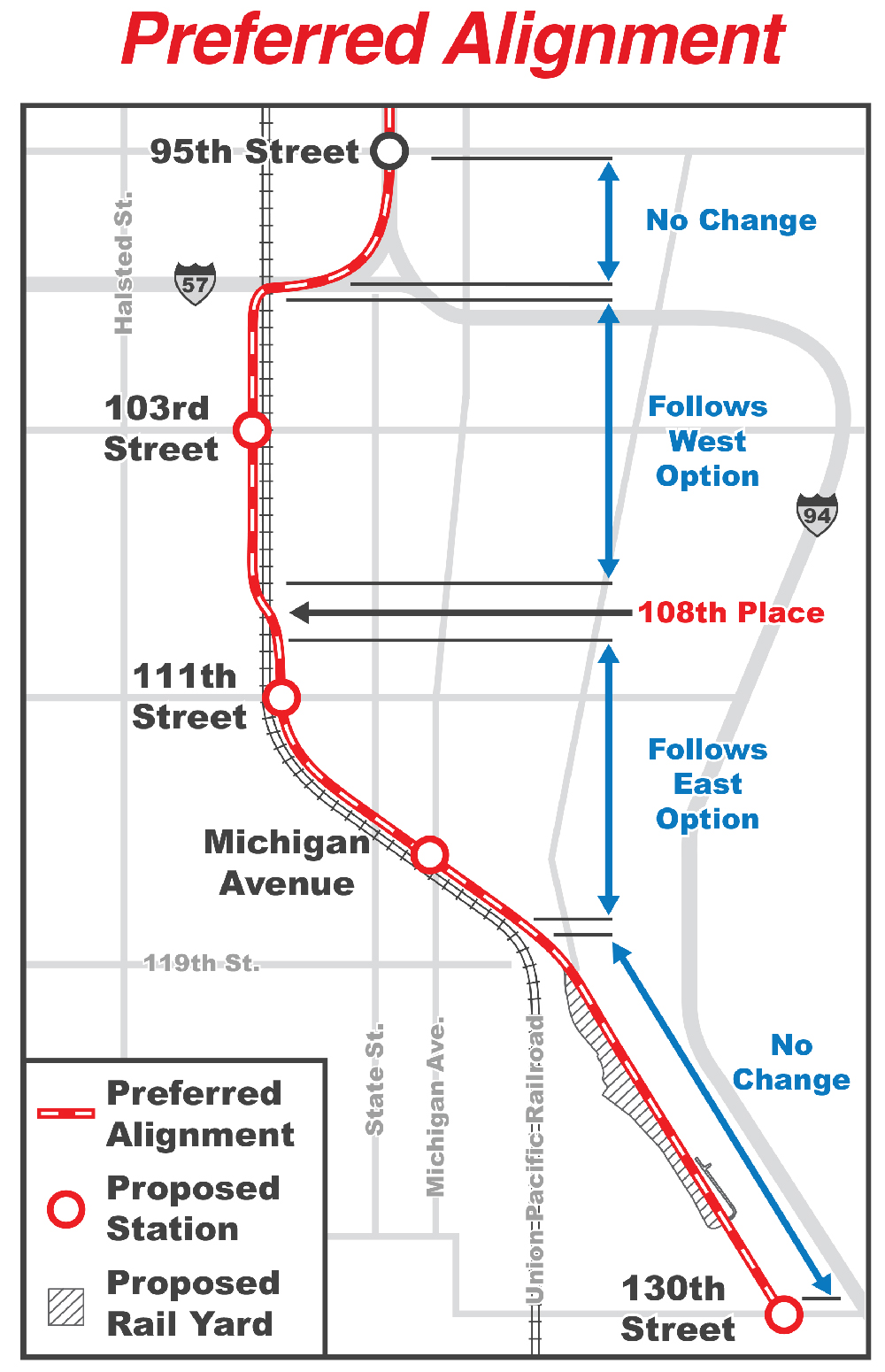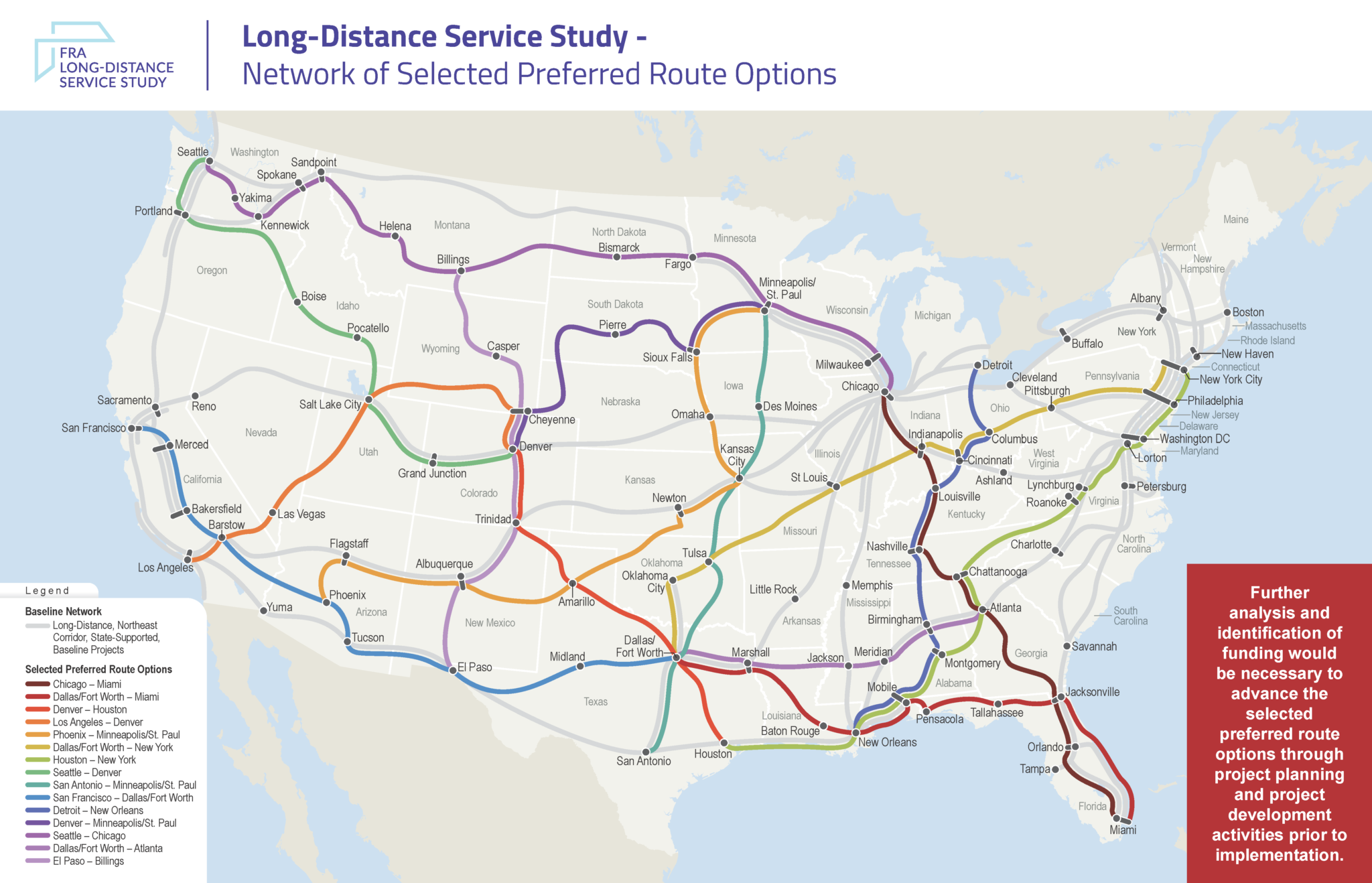
Suffolk County executive: Amtrak coming to Ronkonkoma LIRR station
News 12 spoke with Amtrak's vice president of network development, who says the project is in its beginning stages, and it will be years before there are Amtrak trains at Ronkonkoma.longisland.news12.com
What's the value proposition here as compared to taking a regular LIRR train into the city and transferring?
Amtrak would express past most stops, but they'd also be stuck with having to change out the locomotive. Is that even a net positive on travel time?












